What is the Best Time to Climb Kilimanjaro Afrika
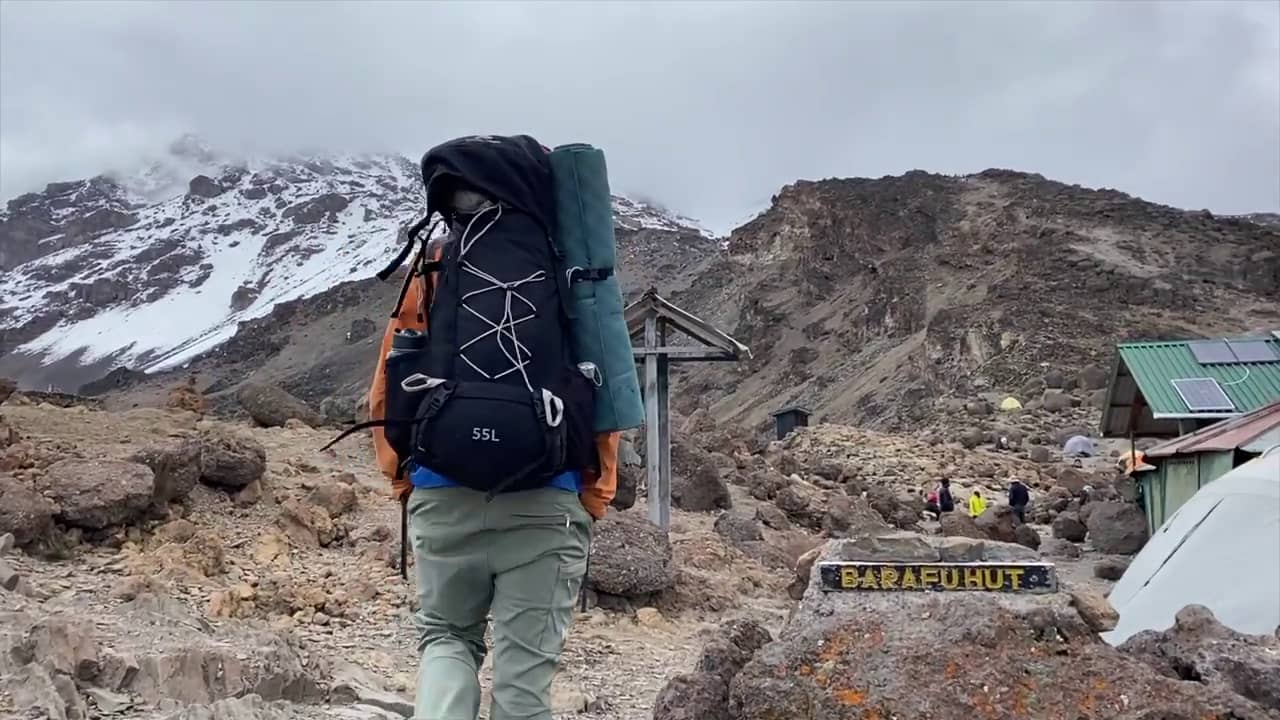
If you’re an adventure enthusiast looking to conquer Mount Kilimanjaro, the highest peak in Africa, you must be wondering, “What is the best time to climb Kilimanjaro Afrika?” Choosing the right time to embark on this incredible journey is crucial to ensure a successful and enjoyable experience. In this comprehensive guide, we will explore the various seasons, weather conditions, and other factors that can influence your decision. So, let’s dive in and find out the perfect time to conquer the majestic Kilimanjaro!
The Climbing Seasons
The Dry Season (June to October)
The dry season, also known as the peak season, is considered the best time to climb Kilimanjaro Afrika. Spanning from June to October, this period offers the most favorable weather conditions for a successful ascent. During the dry season, the skies are generally clear, and the rainfall is minimal, allowing for excellent visibility and dry trail conditions. These ideal weather conditions attract a large number of climbers, making this period the busiest time on the mountain.
The Wet Season (November to May)
The wet season on Kilimanjaro Afrika extends from November to May. This period experiences more rainfall, and the mountain is often shrouded in clouds. Climbing during the wet season can be more challenging due to slippery trails and reduced visibility. However, there are certain advantages to consider. The wet season is less crowded, allowing for a more serene and tranquil experience. Additionally, the lush greenery and blooming wildflowers add a picturesque charm to the surroundings.
Factors to Consider
Weather Conditions
When determining the best time to climb Kilimanjaro Afrika, the weather conditions play a crucial role. The dry season provides the most predictable and stable weather, making it easier to plan and prepare for your ascent. The temperatures during the day are generally milder, ranging from 20 to 25 degrees Celsius (68 to 77 degrees Fahrenheit) at lower altitudes, while temperatures at higher altitudes can drop below freezing. It’s important to pack appropriate clothing and gear to stay warm and comfortable throughout your climb.
Crowds and Availability
The popularity of Kilimanjaro as a climbing destination means that it can get crowded during the peak season. If you prefer a quieter and more secluded experience, the wet season might be a better choice. With fewer climbers on the mountain, you can enjoy a more personal connection with nature and have a better chance of securing your preferred route and accommodations.
Scenic Beauty
The wet season on Kilimanjaro Afrika brings forth a unique charm with its lush landscapes and vibrant flora. The mountain is transformed into a verdant paradise, providing breathtaking views and opportunities for stunning photographs. If you’re a nature enthusiast and appreciate the beauty of a thriving ecosystem, climbing during the wet season might be a fantastic choice for you.
Physical Fitness and Preparation
Regardless of the season, climbing Kilimanjaro Afrika requires proper physical fitness and preparation. It’s essential to engage in regular exercise and endurance training to strengthen your body and improve your stamina. Additionally, acclimatization is crucial to minimize the risk of altitude sickness. Consult with a healthcare professional or an experienced mountaineering guide to create a suitable training and acclimatization plan.
Conclusion
In conclusion, the best time to climb Kilimanjaro Afrika depends on your preferences and priorities. The dry season from June to October offers stable weather conditions and a bustling atmosphere, while the wet season from November to May provides lush landscapes and fewer crowds. Consider factors such as weather, crowds, scenic beauty, and your own physical fitness when making your decision. Ultimately, no matter when you choose to embark on this extraordinary adventure, climbing Kilimanjaro Afrika will undoubtedly be a remarkable and life-changing experience.
What is the highest point on Kilimanjaro Afrika?
The highest point on Kilimanjaro Afrika is Uhuru Peak, which stands at an impressive elevation of 5,895 meters (19,341 feet) above sea level. Reaching Uhuru Peak is a challenging feat and requires careful planning and perseverance.
Can I climb Kilimanjaro Afrika without prior mountaineering experience?
Yes, you can climb Kilimanjaro Afrika without prior mountaineering experience. However, it’s important to be physically fit and mentally prepared for the demands of the climb. Hiring an experienced guide and joining a reputable tour company will greatly enhance your chances of a successful ascent.
Are there age restrictions for climbing Kilimanjaro Afrika?
There are no strict age restrictions for climbing Kilimanjaro Afrika. However, it is recommended for climbers to be at least 10 years old. It’s crucial to assess the physical fitness and maturity of younger climbers before embarking on such an endeavor.
What are the different routes to climb Kilimanjaro Afrika?
There are several routes to reach the summit of Kilimanjaro Afrika, each varying in difficulty and scenic beauty. Some popular routes include the Marangu Route, Machame Route, Lemosho Route, and Rongai Route. Research the routes thoroughly and choose one that aligns with your fitness level and preferences.
Do I need to hire a guide to climb Kilimanjaro Afrika?
Yes, hiring a guide is highly recommended when climbing Kilimanjaro Afrika. An experienced guide will ensure your safety, provide valuable knowledge about the mountain, and enhance your overall experience. They can also assist with logistics, navigation, and altitude sickness management.
What should I pack for my Kilimanjaro Afrika climb?
When packing for your Kilimanjaro Afrika climb, it’s essential to pack lightweight, moisture-wicking clothing, sturdy hiking boots, a warm sleeping bag, a waterproof jacket, sunscreen, a hat, gloves, and a headlamp. Consult with your tour operator or guide for a detailed packing list tailored to your specific needs.
Share:
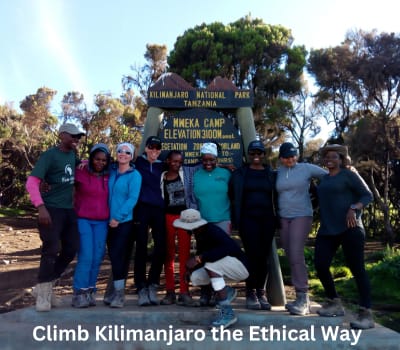
Social Media
Most Popular
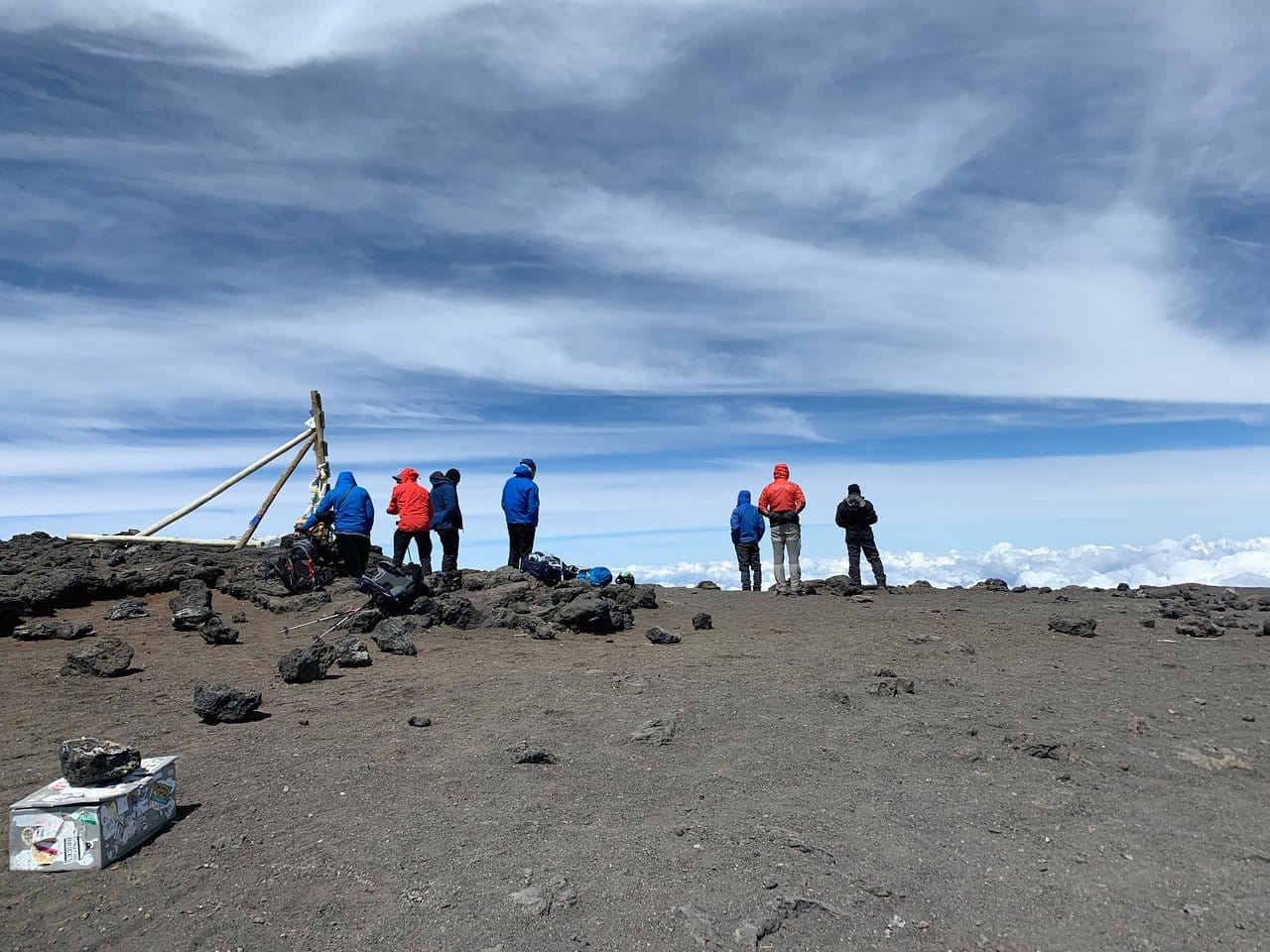
Can I Climb Kilimanjaro Without Guides and Porters
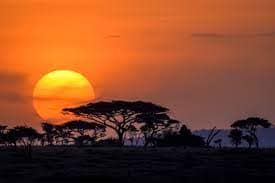
Adventure Things To Do in Tanzania
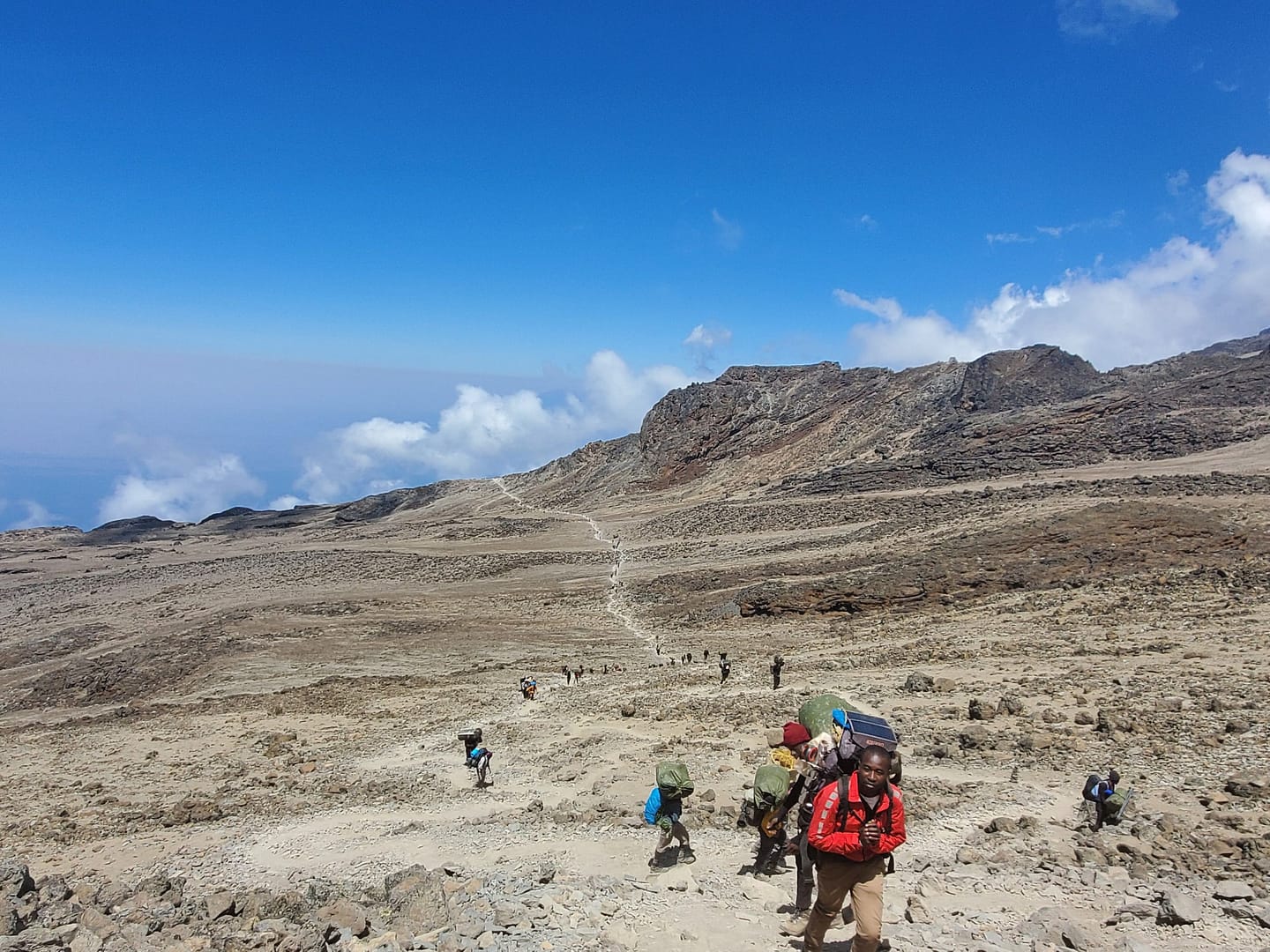
Can I Navigate Kilimanjaro’s Routes Without a Guide
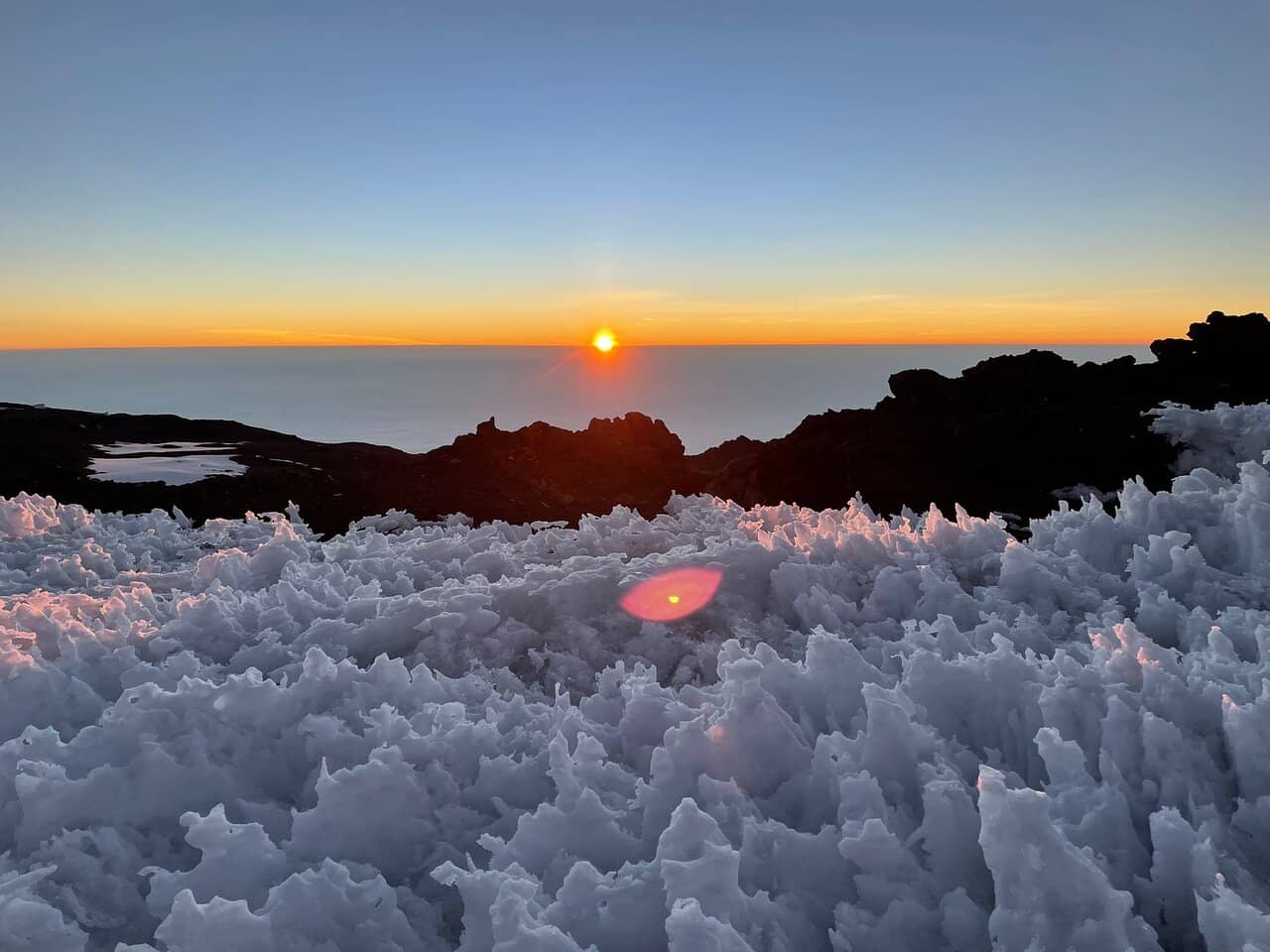
Can I Hire a Guide After Arriving in Tanzania
Book Your Sustainable Tour
Related Posts

Can I Climb Kilimanjaro Without Guides and Porters
Can I Climb Kilimanjaro Without Guides and Porters? Can I Climb Kilimanjaro Without Guides and Porters? Kilimanjaro, Africa’s highest peak, stands as a symbol of

Adventure Things To Do in Tanzania
Adventure Things To Do in Tanzania For those who crave adventure and seek heart-pounding thrills, Tanzania offers an exhilarating array of activities that will satisfy

Can I Navigate Kilimanjaro’s Routes Without a Guide
Can I Navigate Kilimanjaro’s Routes Without a Guide? Climbing Mount Kilimanjaro is an exciting and challenging adventure that attracts adventurers from around the world. One

Can I Hire a Guide After Arriving in Tanzania
Can I Hire a Guide After Arriving in Tanzania? If you’re planning a trip to Tanzania and considering hiring a guide for your adventures, you